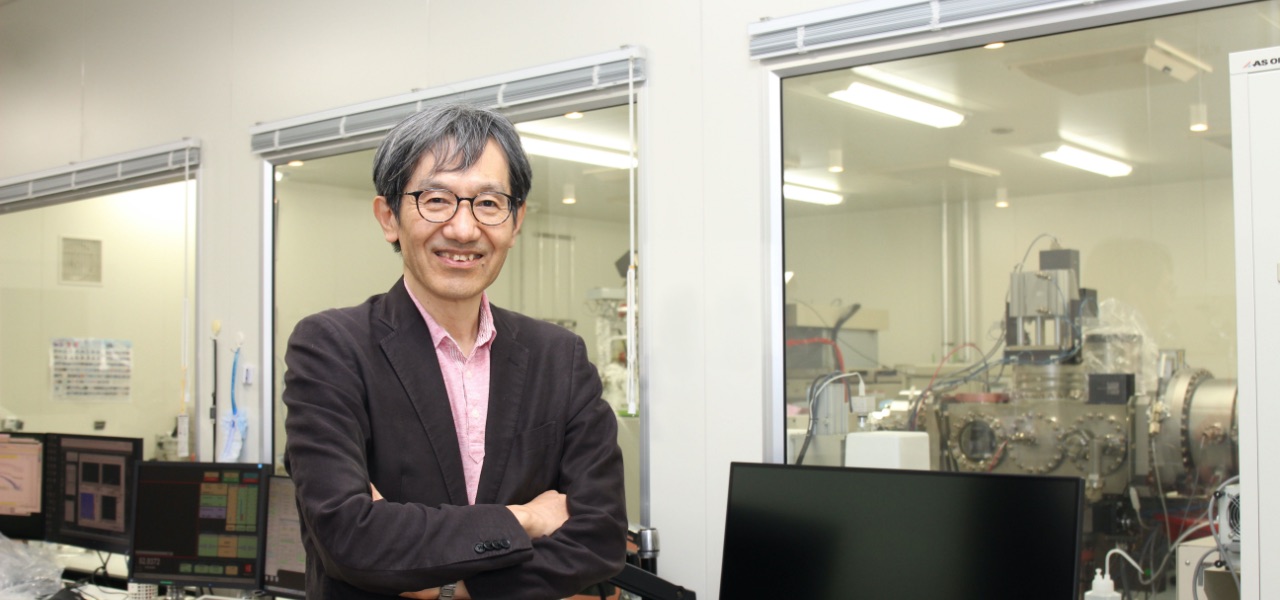
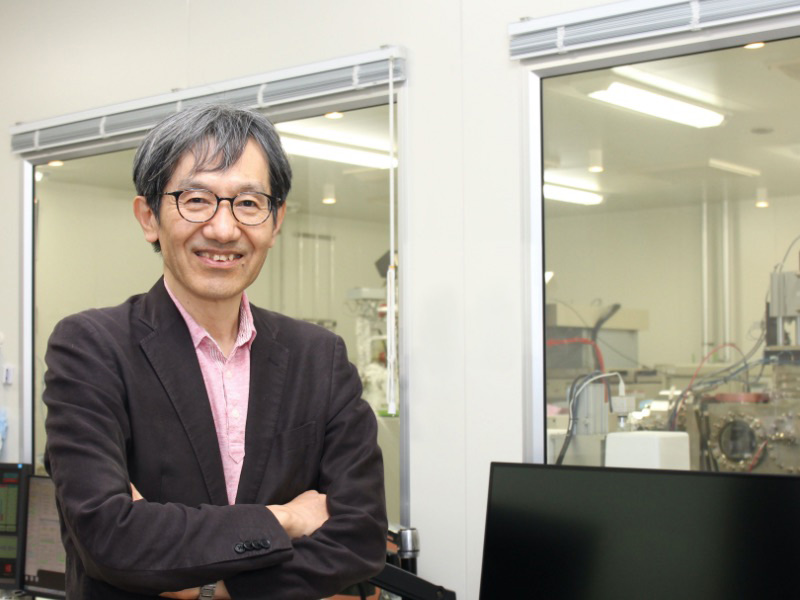
Special Interview Vol.1


Special Interview Vol.1
Hisayoshi Yurimoto
Professor, Faculty of Science, Hokkaido University / Chemical Analysis Team Leader for Initial Analysis
Mr. Hisayoshi Yurimoto earned a Ph.D. at the University of Tsukuba’s Graduate School of Geoscience in 1985. After working as an assistant professor and lecturer at the University of Tsukuba, and as an associate professor in the Faculty of Science at Tokyo Institute of Technology, in 2005 he assumed his current position at the Faculty of Science, Hokkaido University. From March 2016 to February 2020, he also headed the JAXA’s Astromaterials Science Research Group under a cross appointment system. Beginning in 2017, he has served as leader of the Chemical Analysis Team tasked with conducting an initial analysis of the Ryugu samples. He has received numerous professional accolades both in Japan and abroad, including awards from the Geochemical Society of Japan and the Leonard Medal from the Meteoritical Society. In 2020 he was awarded a Medal with a Purple Ribbon under the honors system of the Japanese government.
Initial analysis of samples collected by Hayabusa2 from the asteroid Ryugu began in June 2021. Six teams made up of a total of more than 270 people are working on the initial analysis. Professor Yurimoto heads the Chemical Analysis Team, of which HORIBA is also a part. In the first part of this special interview, we speak with Prof. Yurimoto about the challenges of the initial analysis, and about his passion for research as a scientist. (The interview was conducted in April 2021)
The Chemical Analysis Team is trying to understand the chemical characteristics of the asteroid Ryugu, as well as investigate what kind of celestial body it is and how it originated. Specifically, the team will use tools like X-ray fluorescence microscopes and isotope microscopes* to learn about the chemical elements and properties of the Ryugu sample. For this task, the Chemical Analysis Team brings together a variety of experts in meteorite analysis, chemical composition, isotopic composition, and other specialties. Half of the 50 people on the team are from overseas, so it is a very international team. With the COVID-19 pandemic affecting most of the world right now, we expect that team members will connect online to conduct some of the analysis.
* Isotope microscope: A microscope capable of observing the quantity and mass of microscopic isotopes (atoms having the same atomic number but different mass numbers) in a material.
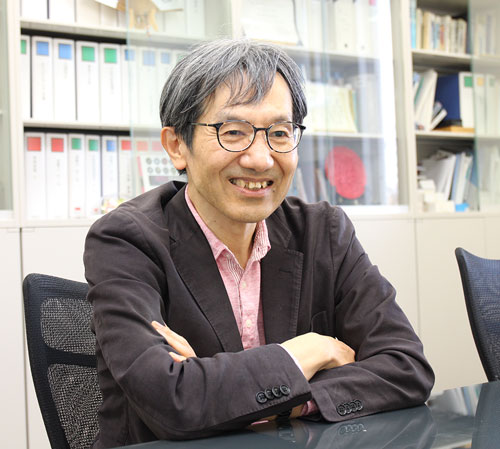
We prepared to receive the samples for about a year, starting around April 2020. In fact, until December 2020 we didn’t even know how much sample was collected from Ryugu. Up to then, we had been working out an optimal analysis plan assuming that we would get 10 mg, 100 mg, or various other amounts of sample for measurement. We have prepared an infallible system that includes trial verification using samples from other meteorites, just to be sure we can really perform our analyses as planned.
I was really elated. When the capsule containing the Ryugu samples entered the atmosphere, I was at the JAXA (Japan Aerospace Exploration Agency) Sagamihara Campus. “There it is! Wow!” Everyone was very excited.
Still, until we could see the collected samples with our own eyes, we couldn’t feel totally relaxed.
We imagined that the capsule’s sample container would be full, but then we remembered that we had never tested collecting samples in space, and also that only a tiny quantity of sample had been collected by Hayabusa. So, when we confirmed (at JAXA Sagamihara Campus) that the total amount of sample was 5.4 g, which was far more than we hoped for, we felt very relieved.
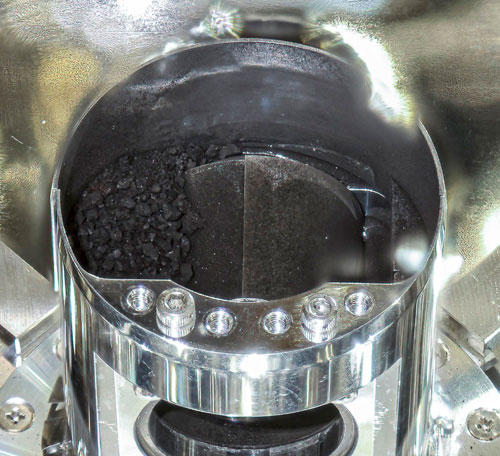
Sample of Ryugu collected by Hayabusa2 ©JAXA
Our analysis plan for the Itokawa samples was very similar to our plan for the Ryugu samples, actually. However, the amount of sample collected was much smaller than we expected, so we had to give up on a lot of our original analysis plans.
In the case of the Ryugu samples, though, we can perform all of our planned analyses. With this initial analysis, we hope to clearly understand what kind of celestial body the asteroid Ryugu is. More than 65,000 meteorites have been discovered on Earth, and we also have a whole science system accumulated by our predecessors. We want to know whether Ryugu fits into the classification scheme of previous research or if it’s something totally new. We need to clear up this basic question before we know what research topic to focus on next.
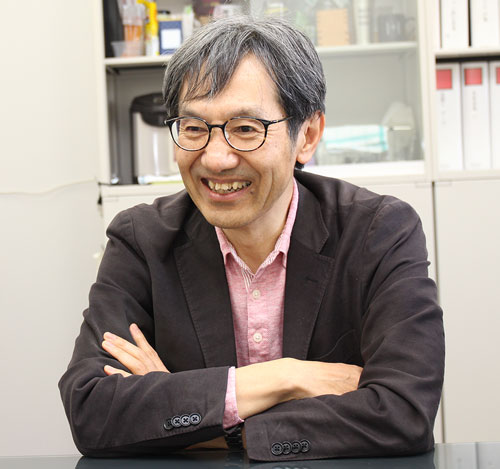
The initial analysis is just a “starting point” to help scientists around the world to get going with their research in a better way. After about one year of initial analysis, starting in June 2021, JAXA will issue an international call for research proposals. The data from the initial analysis will be publicly released and the individuals and organizations selected by JAXA will analyze the findings based on their suggested research themes. To put it another way, another important requirement of the initial analysis is to provide more accurate information to scientists around the world to help facilitate deeper research.
If we distributed samples from Ryugu without any initial analysis, we would not be able to know what to research for when the sample is right in front of us. In the Itokawa sample, the initial analysis revealed that there were traces of material in the asteroid indicating that it had once been heated to over 800°C, and that no information remained from any earlier period (because it had been reconstructed). Making use of the information yielded by this initial analysis, many scientists could have conceived of different approaches to studying the samples.
Like this, understanding the origin of the solar system and of life on Earth is not something that can be achieved by a single scientist. Findings will be made public to enable more and more people to engage in specialized research, so that we can get closer and closer to the truth.
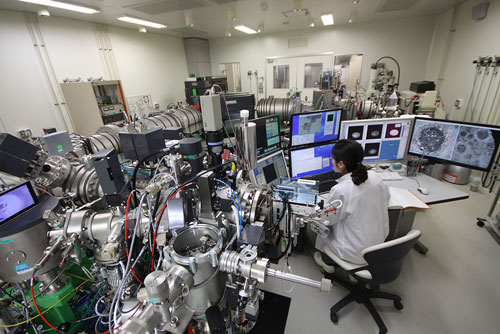
Isotope microscope in a lab at Hokkaido University ©Hokkaido University
For me, “measurement” means investigating the origin and evolution of the solar system. To approach the origin of the solar system as a goal, I focus my research on asteroids and meteorites, which are intermediate products at the birth of the Solar System.
To get to our goal, we always try to take the shortest possible route. When we actually try to take that route, however, things don’t always go the way they planned, so we correct our mistakes, or try approaching from a different angle. And whenever I figure one thing out, another mystery arises, and I get absorbed in exploring that.
Once, when I was giving a lecture, an elementary school student said to me, “I want to be a scientist, because it’s cool!” I felt the same way when I was young. I was inspired by the scientists I saw in anime and by Nobel Prize winners. Like many things in life, first get interested and then take action.
As for space, I’ve loved telescopes since I was a child. When I was in junior high school, I was given a telescope which I had really wanted, and I used to look up at the night sky. I suppose I ended up specializing in space studies because I wanted to pursue what I thought was cool.
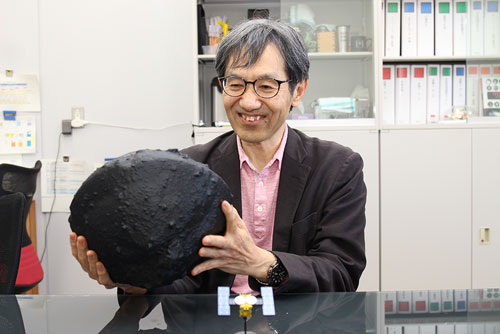
With a 3D model of Ryugu made with a 3D printer
There are so many things we still don’t understand about the universe. In terms of understanding the origin of the solar system, the analysis of Ryugu is just a small step. It will be an incredibly long time before we can understand everything. Nevertheless, the more research we do, the better we will understand the stories of how the solar system was born, how life on Earth began, how human beings arose, and what the future holds.
I hope that you all stay curious and keep trying to understand the mysteries of the universe. Keep inquiring and keep exploring!